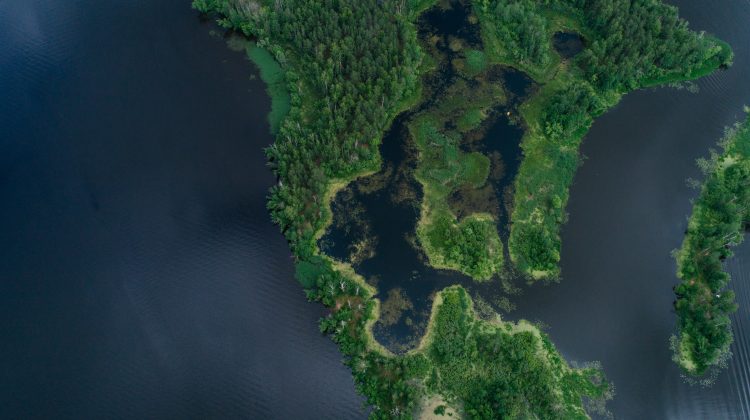
Nestled in the embrace of the Andaman Sea, Thailand’s James Bond Island stands as not just a cinematic icon but also an ecological marvel. This renowned destination has captivated the world with its limestone karsts, hidden lagoons, and cultural treasures, all while serving as a testament to the delicate balance between human exploration and environmental preservation.
Guardians of the Karst Landscape
Central to James Bond Island’s ecological significance are its remarkable limestone karsts. These towering rock formations, sculpted by the patient hands of nature, create a unique ecosystem that supports a diverse range of flora and fauna. The island’s rugged landscape acts as a sanctuary for various species, both terrestrial and marine, that have adapted to thrive in this challenging environment.
Visitors can witness the tenacity of life as they explore the island, from the resilient plants clinging to the karsts’ surfaces to the aquatic creatures that call the surrounding waters home. Every nook and cranny of the island contributes to the intricate web of life that has evolved over countless years.
The Marine Tapestry
The waters surrounding James Bond Island are not just a backdrop; they are a vibrant ecosystem in their own right. The coral reefs and seagrass beds play host to an array of marine life, from the colorful inhabitants of the reefs to the majestic creatures that gracefully glide through the depths.
Ecotourism initiatives promote responsible snorkeling and diving practices, ensuring that visitors can witness the underwater wonders without causing harm to delicate marine environments. These efforts are crucial for maintaining the health and diversity of the Andaman Sea’s aquatic ecosystems.
A Harmonious Coexistence
James Bond Island’s ecological marvel isn’t just about the preservation of its natural habitats; it extends to the harmonious coexistence of human culture within this environment. The nearby Koh Panyee Village, a floating fishing village, is a living example of how communities have adapted to thrive in this unique ecosystem.
The village’s symbiotic relationship with the surrounding waters is a testament to the resilience and ingenuity of the human spirit. Visitors to the village can gain insights into traditional fishing practices, sample local cuisine, and appreciate the delicate balance between human needs and environmental conservation.
Sustainable Exploration
As James Bond Island continues to attract travelers eager to witness its ecological wonders, there is a concerted effort to ensure that this allure doesn’t come at the cost of its fragile ecosystems. Sustainable exploration is a cornerstone of the island’s tourism philosophy, with responsible practices at the forefront of visitor experiences.
Boat tours are carefully regulated to prevent overcrowding and minimize disturbances to marine life. Plastic waste is managed, and eco-friendly options are encouraged to reduce the ecological footprint of visitors.
A Legacy for Future Generations
James Bond Island’s ecological marvel serves as a legacy for future generations. Through conservation efforts, responsible tourism, and continued education, this natural wonder can remain a sanctuary for both nature and those who seek to explore it. By valuing and protecting the island’s ecosystems, we ensure that its beauty and ecological significance endure for years to come.
As travelers step onto the shores of James Bond Island, they become part of a greater story – one that celebrates the intricate dance of life between land and sea. From the resilient karsts to the vibrant marine life and the harmonious village, this ecological marvel is a reminder of the interconnectedness of all living things and the profound beauty that emerges when nature and humanity find balance.

Leave a Reply